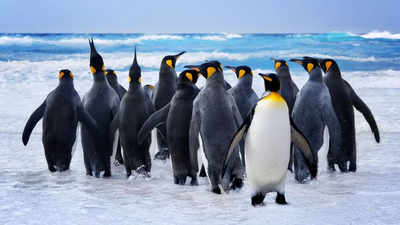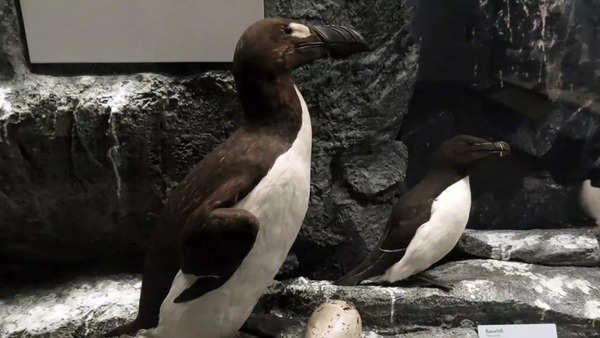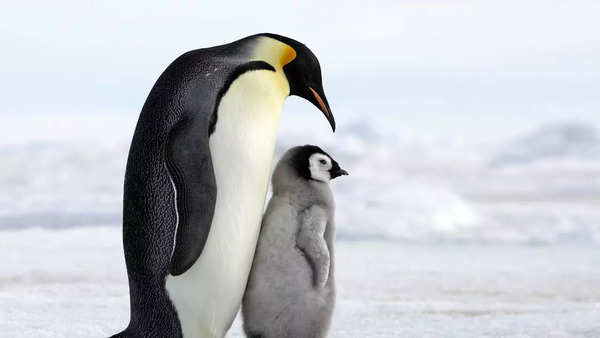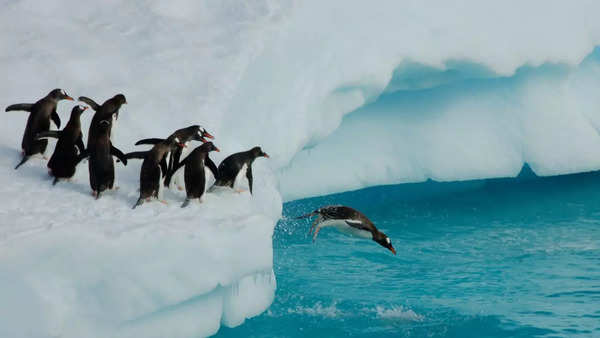Welcome To Latest IND >> Fastest World News
What if we told you the
penguins
you adore on TV, in zoos, and online aren’t “true penguins” at all? Believe it or not, those tuxedoed birds we call penguins today are actually a completely different species that only got their name because they resemble the original “penguins.” As bizarre as this might sound, this is actually true.
The
great auk
was a large, flightless bird found in the
North Atlantic
, particularly along the coasts of Canada, Iceland, Greenland, and Northern Europe. These birds were named “penguins” by European sailors in the 16th century who were struck by their physical resemblance to the black-and-white seabirds we now associate with the term. The great auk (Pinguinus impennis) had similar coloring and a robust, upright stance. They are not actually related to modern penguins except for their look and behavior.
Image Credit: Flickr
When European explorers first traveled to the Southern Hemisphere and encountered the animals we now know as penguins, they noted the striking resemblance to the great auk. The name “penguin” was transferred to these newfound birds, though they belong to an entirely different family called Spheniscidae. Biologists believe that this strange resemblance in the two creatures is a result of ‘
convergent evolution
‘. This phenomenon happens when two species evolve similar traits independently as a way to adapt to comparable environments. Both penguins and great auks were adapted to aquatic life with flightless bodies suited to swimming rather than flying, but they evolved these characteristics separately.
The great auk’s compact, streamlined body and flipper-like wings allowed it to swim efficiently, much like the penguins we see today. While modern penguins evolved in the Southern Hemisphere from completely different ancestors, they adopted similar traits to adapt to cold marine environments.
Image Credit: Flickr
The original ‘penguin’- the great auk went extinct by the mid 19th century due to a combination of overhunting and environmental changes. They were hunted for their meat, feathers, fat, oil, and eggs. The last confirmed sighting of a great auk was in 1844, when two birds were killed on Eldey Island, Iceland. Modern penguins, however, survived and diversified, with species ranging from the Emperor penguin of
Antarctica
to the African penguin found along the coast of South Africa.
Latest IND





